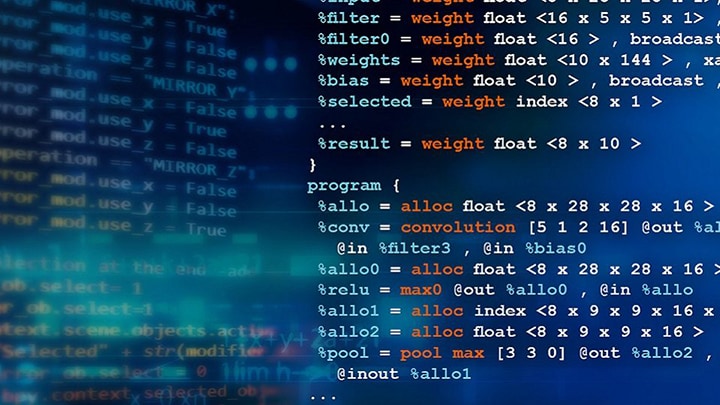Author

NXP
At NXP, innovation is always now, but our focus is always the future. Our dedicated team of experts is united by a passion to make everyday life more remarkable through technologies that continually redefine life as we know it.

It’s probably safe to say that we all spend more time looking at our mobile and portable devices. As the desktop PC moves rapidly toward extinction, ever-reducing power consumption of electronic devices plus advances in rechargeable battery technology means that portable devices no longer need to be tethered to the AC supply.
Power consumption of electronic devices is falling as IC technology improves, however consumer preference is for smaller and lighter devices, with increased feature content and capable of prolonged usage cycles. The battery contributes significantly to the size, weight and cost of a mobile device, but also determines how long the device can be used before a re-charge is needed. As we become more reliant on our devices, then battery life is becoming increasingly important.
Improving battery technology
Today’s electronic devices are powered by Li-Ion batteries which
provide around 2x higher energy density compared to previous nickel based
batteries. Li-Ion delivers lower self-discharge rates and does not suffer from
memory effect which causes NiCad battery’s capacity to degrade rapidly
under certain conditions. Li-ion’s 3.6V cell voltage also means that a
single cell can be used in typical applications where 3x nickel based cells at
1.2V/cell were previously needed.
Li-ion batteries have other advantages over nickel based cells, they operate with prolonged life, require no maintenance or scheduled charging, and give high reliability when used correctly. However Li-Ion cells are fragile and require careful design considerations. Protection circuits are needed for each battery pack to ensure good battery longevity. Li-ion cells need protection against over-charging, excessive discharge, max and min temperature and excessive current. Battery cells are mechanically fragile and can fail with dramatic consequences when abused or damaged.
Focus on charging
A Li-Ion cell’s mAh rating not
only determines the storage capacity but also the safe charge and discharged
rate “C”. A 1500mAh battery rated at 1C should be charged or
discharged at 1500mA and will fully charge / discharge in 1 hour. In
comparison, a 2C rated 1500mAh battery can be safely charged or discharged at
3000mA in 30 minutes.
Li-Ion batteries in consumer products are nominally 3.6V/cell and are charged to a maximum 4.2V/cell, which provides a good compromise between optimising the battery capacity, fast and safe charging and battery longevity. A reduced charge rate is needed to top-off the cell beyond 70~80% charge which adds complexity and cost to the charger. Once the 4.2V cell voltage is achieved then charging must be terminated to prevent permanently damaging the battery
Early mobile devices (eg Nokia 3310) were equipped with 1000mAh batteries, A ~3 watt charger (6.5V @500mA gave a maximum charge rate of ~0.8C.
In contrast, a modern phone (eg Samsung S6) is equipped with a 2600mAh battery, the charger supports standard charging at 10W (5V @2A) and adaptive fast charge at 15W (9V @1.67A),
At 10 watts, the charge current is 2.8 Amps and the maximum charge rate is
1.1C.
At 15 watts the charge current is 4.2 amps, and the maximum charge rate is
1.6C.
Voltage boost is used to solve the 2 Amp limitation of the micro-USB connector.
Quick charge advancements
Modern Li based batteries are increasingly capable of charging at higher
rates. Novel use of supercapacitors and organic compounds (for example,
Store-dot) has the potential to increase this further in the future. Increasing
battery mAh capacity gives a double benefit of longer battery life while also
supporting higher charge current without increasing the charge rate
“C”.
As charge current increases, then powerful chargers with sophisticated monitoring and protection is needed to ensure that batteries charge reliably and safely. For example, Oppo’s VOOC flash charger advertises “5 layers of built-in protection” to deliver “4x faster charging”. Huawei’s massive 4000mAh battery has the capacity to deliver a “full day’s use from a 30 minute charge” while still maintaining a relaxed charge rate of 1.25C.
Battery life and re-charge time is becoming an important sales differentiator and is fueling rapid growth for emerging mobile manufacturers as the table below illustrates.

Improving battery technology, intelligent monitoring and protection, voltage boost (to overcome the USB micro connector’s 2 Amp limit), and the introduction of the USB type-C connector (5 Amp capability) will continue to demand more sophisticated and powerful chargers in the future.

At NXP, innovation is always now, but our focus is always the future. Our dedicated team of experts is united by a passion to make everyday life more remarkable through technologies that continually redefine life as we know it.

July 28, 2020
by Markus Levy

August 4, 2020
by Ron Martino